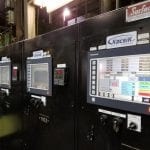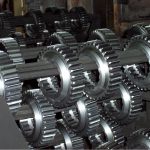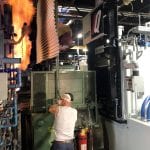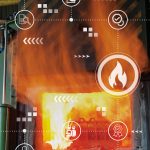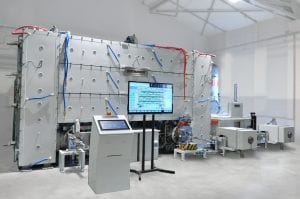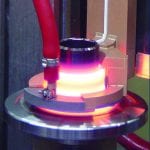Companies throughout the thermal-processing sector are under increased pressure to meet CO2 emission reduction goals, particularly net-zero emissions, by 2050 or sooner. At the same time, they must meet increasingly uncertain energy source demands. All of this must be done cost-effectively.
Honeywell Thermal Solutions recommends 10 steps to help organizations accelerate their progress in achieving their overall energy-transition objectives. Many are supported by Honeywell products and services, and any or all of them can be undertaken to best meet a company’s specific needs.
The first five steps entail the monitoring and measurement of combustion systems to help organizations understand where they stand in terms of their CO2 emissions, energy costs, and other performance criteria. The remaining five steps offer implementation solutions to help optimize operations for better performance and lower emissions today with flexibility for future energy-transition opportunities.
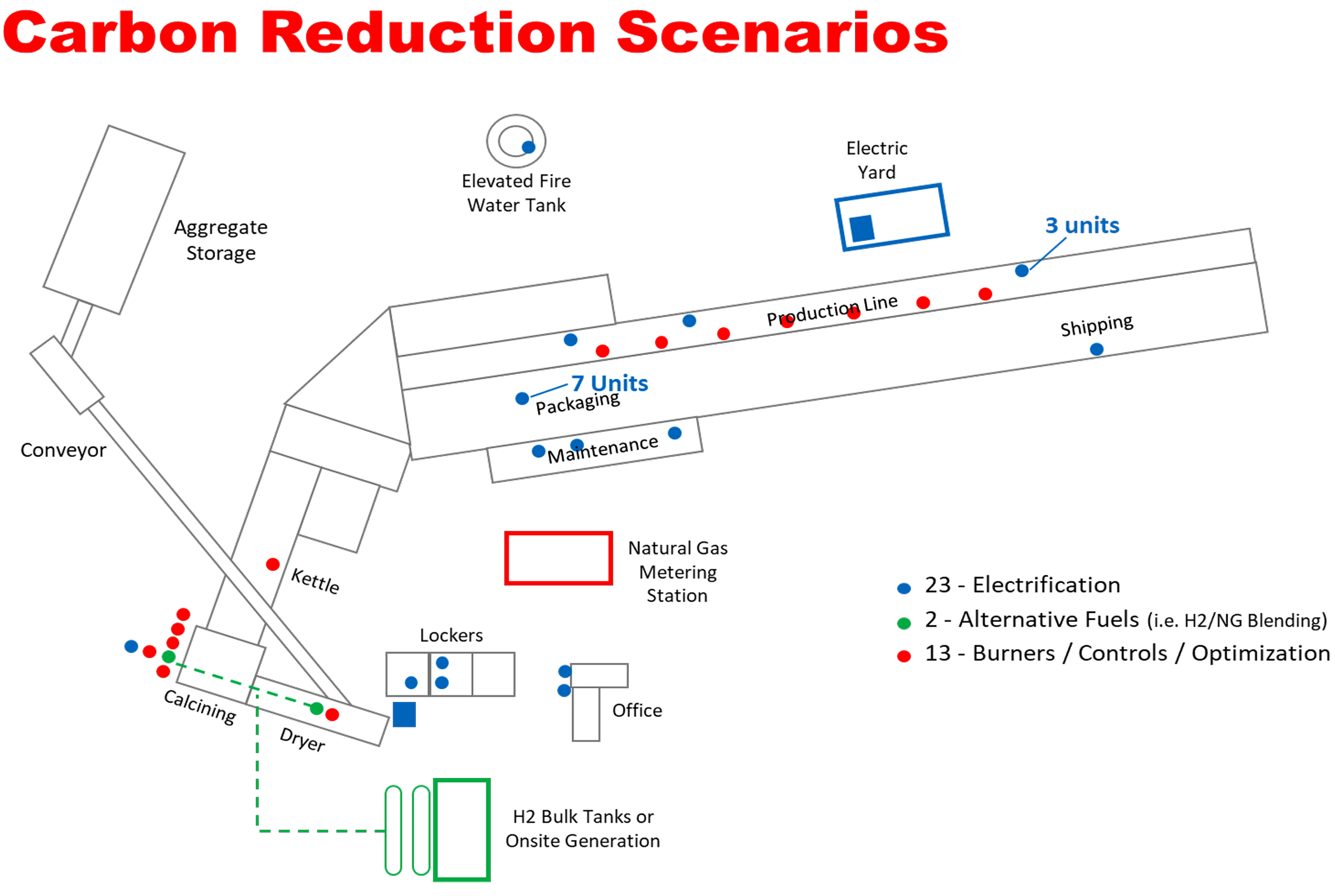
1. Carbon Reduction Audit and Roadmap
The process ideally begins with a team of experts conducting an onsite, equipment-specific audit to determine current energy use and emissions. This helps establish a baseline from which to measure progress against net-zero goals as well as industry protocols, fiscal targets, and sustainability KPIs.
From there, a decarbonization transformation roadmap is created. The multi-year plan outlines strategies and technologies for reducing energy costs, as well as CO2 and NOx emissions. It features four stackable outcome-based services:
• Measure/monitor: Entails digitizing systems for continual, enhanced visibility and real-time monitoring and reporting of current and future changes.
• Reduce: Includes hands-on services, upgraded control technologies, the use of higher efficiency burners, and heat recovery and low-emissions solutions.
• Replace: Replaces CO2 fuels with alternative hydrogen-blended fuels created using renewable energy sources.
• Recapture: Captures CO2 before it leaves a facility using CO2 capture sequestration units (CCSU).

2. Performance and Process Monitoring
One of the most effective ways to reduce emissions is to track the real-time performance of combustion systems, make adjustments as needed, and fix potential issues before they become problems. Unfortunately, critical performance data is often trapped at the equipment level. A solution like Honeywell’s Thermal IQ™ platform unleashes that information.
Connecting Thermal IQ to a company’s combustion systems ─ or a digital performance “twin” of those systems enables entire systems to be remotely monitored. Real-time thermal process data can be accessed anytime, anywhere, and on any smart device or desktop.
Users can also receive immediate alerts when key parameters are outside normal limits and track historical data over time to identify when and why issues occurred. Dashboards provide performance KPIs and comparative analytics for best-in-class outcomes, along with actionable recommendations that can drive energy savings and CO2 reduction.
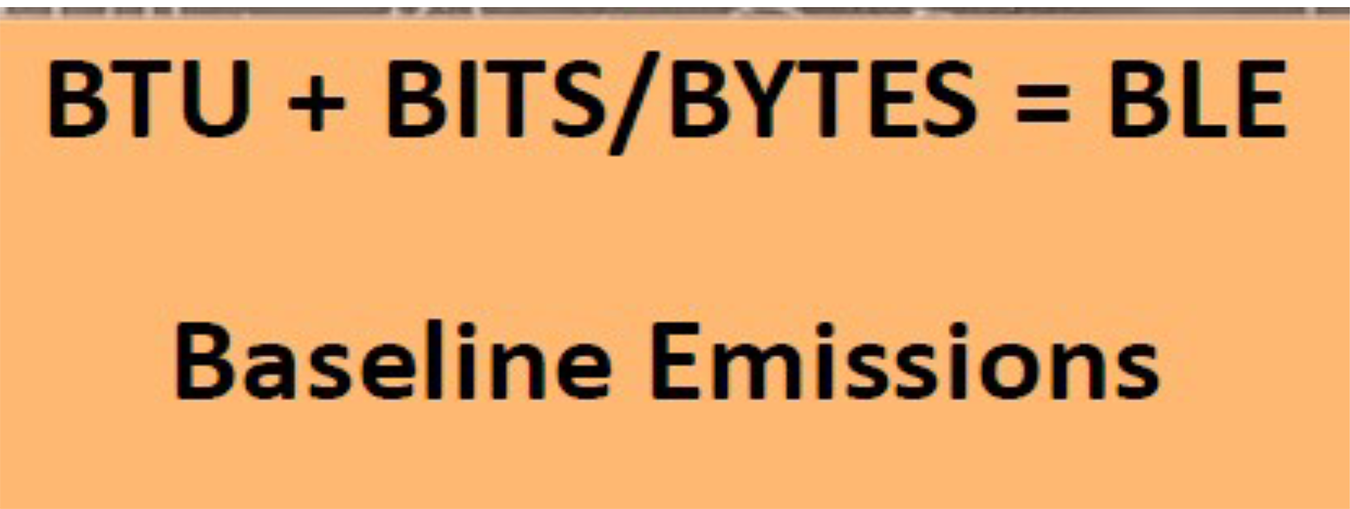
3. Baseline Emissions
Using a system such as Honeywell’s Thermal IQ platform to “digitize” thermal systems also helps companies establish baseline emissions (BLE). The platform’s built-in analytics and machine learning then calculate real-time energy usage and CO2 emissions trending over hours, weeks, and months.
These insights enable companies to calculate carbon footprint reduction potential, as well as identify equipment-specific and process inefficiencies and determine the need for more efficient system components. More than 100 performance analytics, including safety, reliability, efficiency, and production capacity, can also be tracked.
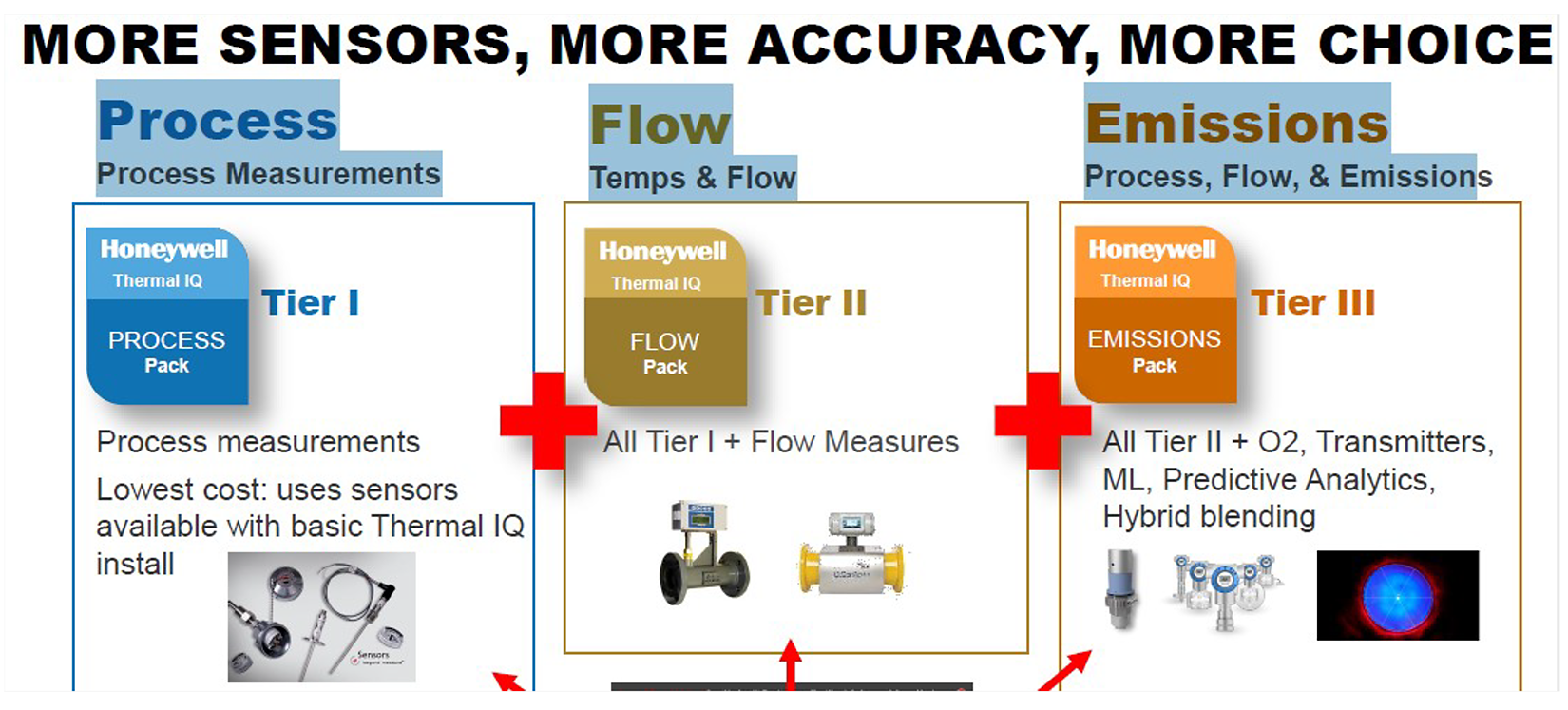
4. Sensor Integration
Increased visibility into the performance and accuracy of thermal processes is essential for reducing CO2 emissions. It is also critical for assessing how well various solutions work toward that goal. A wide range of sensors and connected hardware devices that can help include burners, burner controls, flame scanners, oxygen and methane sensors, blowers, actuators, and more.
Kitted sensor packs are also a way to provide insights into specific areas, including process, flow, and emissions. In some cases, the cost of adding these devices may be covered by incentives or rebates from a local utility. (See No. 8 for more information.)
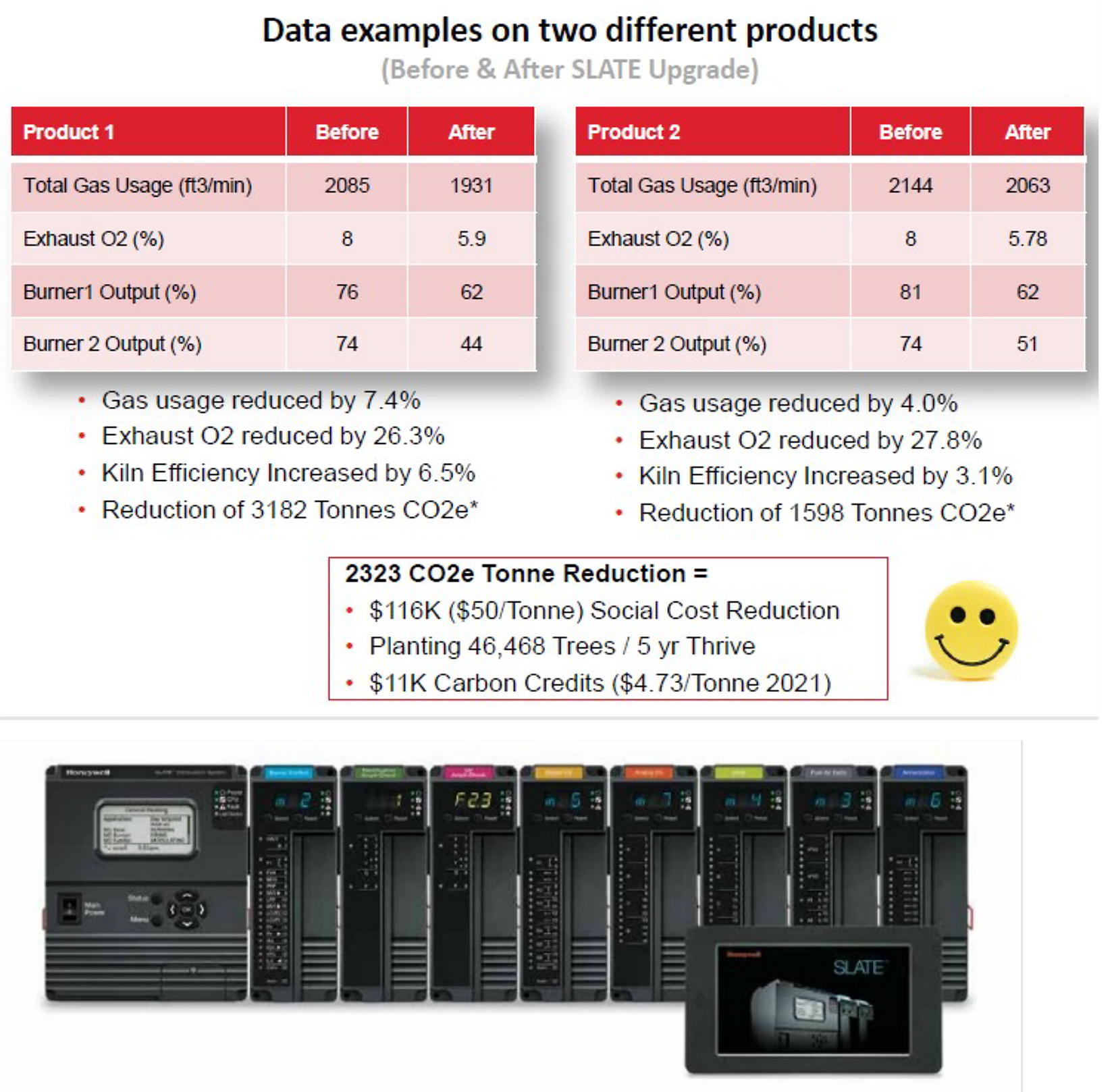
5. Data Science and Machine Learning
While CO2 reduction tactics can be implemented based on current equipment performance, numerous factors can change how that equipment will work going forward. That makes future performance and the resulting CO2 emissions harder to predict. A way to overcome this challenge is through the combination of machine learning and data science.
Data scientists can build sophisticated machine-learning models and train them on current and historical data extracted at both the equipment and system levels. This enables patterns of energy consumption and CO2 emissions to be identified and future performance to be more accurately predicted. Honeywell further supplements these insights with prescriptive recommendations. This allows companies to proactively take actions to optimize their systems and accelerate their progress toward their CO2 goals.
6. Remote Monitoring and Service Tuning
Many companies lack the time and expertise to thoroughly monitor their combustion systems, much less plan and implement corrective actions. Thermal systems experts who can take on those responsibilities are available, freeing up internal resources and providing exceptional domain knowledge through the provision of professional remote monitoring and reporting services.
Honeywell’s global network of thermal systems service professionals can balance NOX and CO2 emissions reduction, system efficiencies, and production capacities. In addition to remote monitoring, they can also provide burner tuning to optimize burners and fuel-air ratios; commissioning, engineering, training, and safety inspections; and other services with the goal of reducing emissions and optimizing system performance.
These services should be backed by service level agreements (SLAs) to ensure regular and timely thermal system optimization, maintenance, and spare parts management.

7. Better Controls
As thermal systems age, their performance and efficiencies decline. Simply implementing better, smarter controls can make a difference. Actuators and sensors can help optimize processes and contribute to lower emissions.
Still, some companies must deal with individual components from multiple vendors, separate platforms and protocols, and complicated wiring schematics that can prevent optimal efficiencies and emissions control from happening. For these companies, all-in-one solutions can generate an even broader array of benefits as well as efficiencies. Honeywell’s SLATE™ integrated combustion equipment management platform is an example.
Solutions like SLATE can enable companies to improve process efficiency and safety through optimal burner control, reduce fuel costs, reduce CO2 emissions, and more.
8. Renewable Energy/Efficiency Incentives
Upgrading or replacing equipment is not cheap, so it is not surprising that costs remain one of the biggest obstacles companies face in their efforts to reduce CO2 emissions. Fortunately, numerous local and state governments, as well as utilities, offer a variety of rebates, low-cost loans, tax credits and other incentives to help offset the costs of programs that help reduce energy waste, energy demand, and emissions.
Assistance is available to help customers access federal, state, and local energy and emissions reduction funding sources to help drive down project costs. Depending on a project’s energy and/or emissions reductions, funding may be available for up to 50 percent of the costs.
9. Fuel Efficiency Solutions
Boosting fuel efficiency is yet another way to reduce emissions. A comprehensive range of solutions is available that can facilitate greater process efficiency and, consequently, more efficient fuel usage and less emissions. Those include:
• Based on Honeywell Thermal Solutions and Department of Energy calculations, self-recuperative burners that recover heat from exhaust cases with integrated heat exchangers can reduce natural gas consumption by about a third vs. cold air burners while also reducing NOx emissions.
• Heat exchangers that recover heat from the exhaust stream of processes and reuse it to enhance fuel efficiency. Preheated air needs burners coupled with recuperators to boost efficiency.
• Controls for precise air/fuel ration control to boost burner efficiency.
• Software that continuously monitors thermal processes to diagnose issues and optimize performance, while service technicians keep combustion systems tuned for better operations.
• Separate heat-recovery systems to increase energy efficiency and reduce fuel usage by recovering heat from industrial processes.
• Variable frequency drives that control the speed and torque of single-phase and three-phase induction motors by varying their input frequency and voltage, driving the performance, management, and energy efficiency of the system.
10. Hydrogen Systems and Fuels Blending
The use of hydrogen and biofuels are proving to be an effective way of reducing CO2 emissions. When produced using 100 percent hydrogen, no greenhouse gases are emitted; there are no carbon atoms in 100 percent hydrogen, and, therefore, zero carbon is used or created during combustion. Its ubiquity in industrial processes and its suitability as fuel for a wide range of applications make it ideal for widespread adoption.
A wide array of flexible fuel burners and complete fuel blending skids is available that is ready to provide clean heat in many thermal applications today and can meet future demands. Burner management and control systems, pressure, and safety shut-off valves have also been evaluated and assessed on hydrogen and are ready to safely start, stop, and control hydrogen-fired appliances.
As an example, Honeywell continues to lead the digitalization of the thermal industry with the Thermal IQ platform, which connects thermal assets with analytics to create an enterprise-wide digital thermal ecosystem. Users can measure thermal system performance in real time and estimate cost savings as well as emission levels when blending fuels such as hydrogen.
About the author
Dale Smith is the HTS growth leader for digitalization/energy transition solutions. He has more than 25 years of experience in driving global safety, reliability, energy optimization, sustainability, and engineering service solutions. His teams have deployed enterprise-wide optimization solutions that drive better business outcomes across all types of industries and clients. He originally joined Combustion Safety, now part of Honeywell Thermal Solutions, in 1991. Dale is a certified maintenance and reliability professional (CMRP). Honeywell remains committed to helping companies accelerate and succeed in their energy transition journeys. It recognizes the numerous challenges and competing priorities companies face and continues to develop solutions that reduce emissions while helping companies meet a wide range of business needs.














